I love to take an afternoon, or morning, or an extra day or two when traveling to experience nature in a new setting. A hike is the perfect way to integrate a workout with a fulfilling day of travel. Not only does hiking offer countless health benefits, from boosting your mental well-being to improving physical fitness, but it also provides an exhilarating way to explore new landscapes and connect with nature. The key to plan a hike that is memorable is thoughtful planning.
In this guide, we’ll walk you through the essentials of planning a hike, ensuring you make the most of your day off without a hitch. Lace up your shoes, pack your essentials, and dive into the best hiking experiences that await you.
Health Benefits of Hiking
Hiking offers a multitude of benefits for both your mind and body. Let’s explore how this outdoor activity can boost your overall well-being.
Mental Health Boost
Hiking is a powerful tool for improving mental health. The combination of physical activity and nature exposure significantly reduces stress and anxiety.
Studies have shown that spending time in nature lowers cortisol levels, the body’s primary stress hormone. This reduction in stress leads to improved mood and increased feelings of happiness.
Additionally, hiking promotes mindfulness and present-moment awareness. The act of focusing on your surroundings and the physical sensations of walking helps quiet a busy mind and provide a much-needed break from daily worries.
Regular hiking has also been linked to improved cognitive function and creativity. The change of scenery and physical movement stimulates new thought patterns and problem-solving abilities.
Physical Fitness Gains
Hiking is an excellent full-body workout that significantly improves your physical fitness. It engages multiple muscle groups and provides a low-impact cardiovascular exercise.
Regular hiking strengthens your leg muscles, including quadriceps, hamstrings, and calves. It also engages your core muscles for balance and stability, especially when navigating uneven terrain.
The cardiovascular benefits of hiking are substantial. It improves heart health, lower blood pressure, and increase lung capacity. As a weight-bearing exercise, hiking also helps strengthen bones and reduce the risk of osteoporosis.
Hiking at higher altitudes further enhances these benefits by challenging your body to adapt to lower oxygen levels, potentially improving your overall endurance and stamina.
Moreover, hiking is an effective way to manage weight. It burns calories while building muscle, contributing to a healthier body composition over time.
Choosing Your Trail
Selecting the right trail is crucial for a enjoyable and safe hiking experience. Let’s dive into how to research and plan your route effectively.
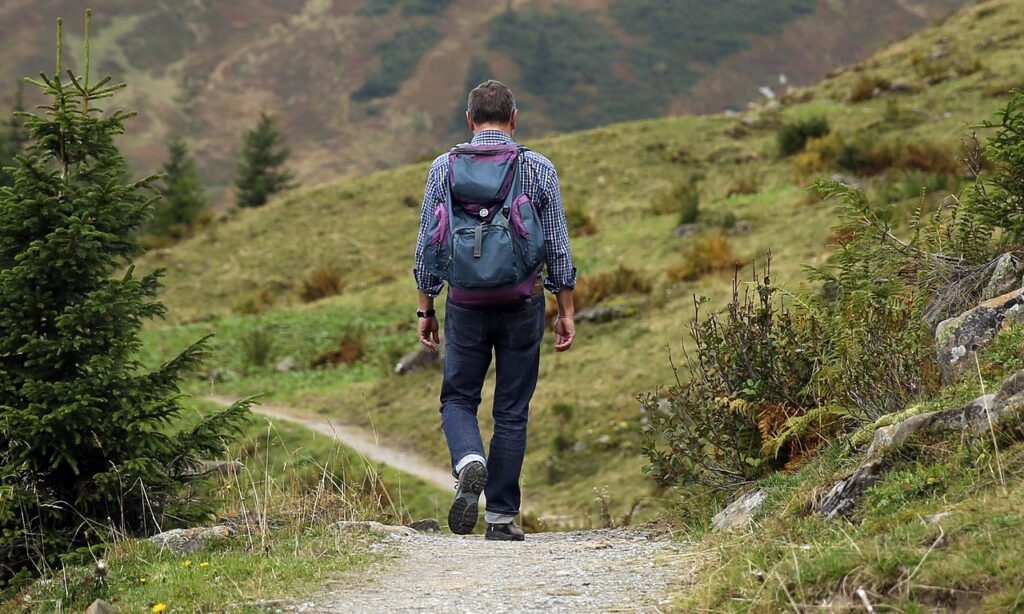
Research and Planning Tips
Proper research and planning are essential for a successful hike. Start by assessing your fitness level and hiking experience to choose a trail that matches your abilities.
Consider factors such as trail length, elevation gain, and difficulty rating when selecting your route. The Hiking Life offers excellent resources for trail selection and planning.
Check weather forecasts and trail conditions before your hike. Be aware of potential hazards such as wildlife, extreme temperatures, or challenging terrain.
Research the area’s regulations, including permits required, camping restrictions, and fire regulations. This information is often available on park websites or visitor centers.
Lastly, always inform someone of your hiking plans, including your expected return time and the trail you’ll be taking. This safety measure is crucial in case of emergencies.
Navigating with Maps
Effective navigation is crucial for a safe and enjoyable hiking experience. Familiarize yourself with map reading skills and always carry a physical map as a backup. Trailheads often include trail maps that you either pickup or take a picture of before starting the hike.
- Study your route on the map before starting your hike. Identify key landmarks, water sources, and potential rest spots.
- Use a compass in conjunction with your map to orient yourself and determine your direction of travel.
- Pay attention to trail markers and signs along your route, cross-referencing them with your map.
Consider using GPS apps or devices for additional navigation support. However, don’t rely solely on electronic devices as batteries may die or signals can be lost in remote areas.
Practice your map reading skills in familiar areas before venturing into more challenging terrain. This will build your confidence and competence in navigation.
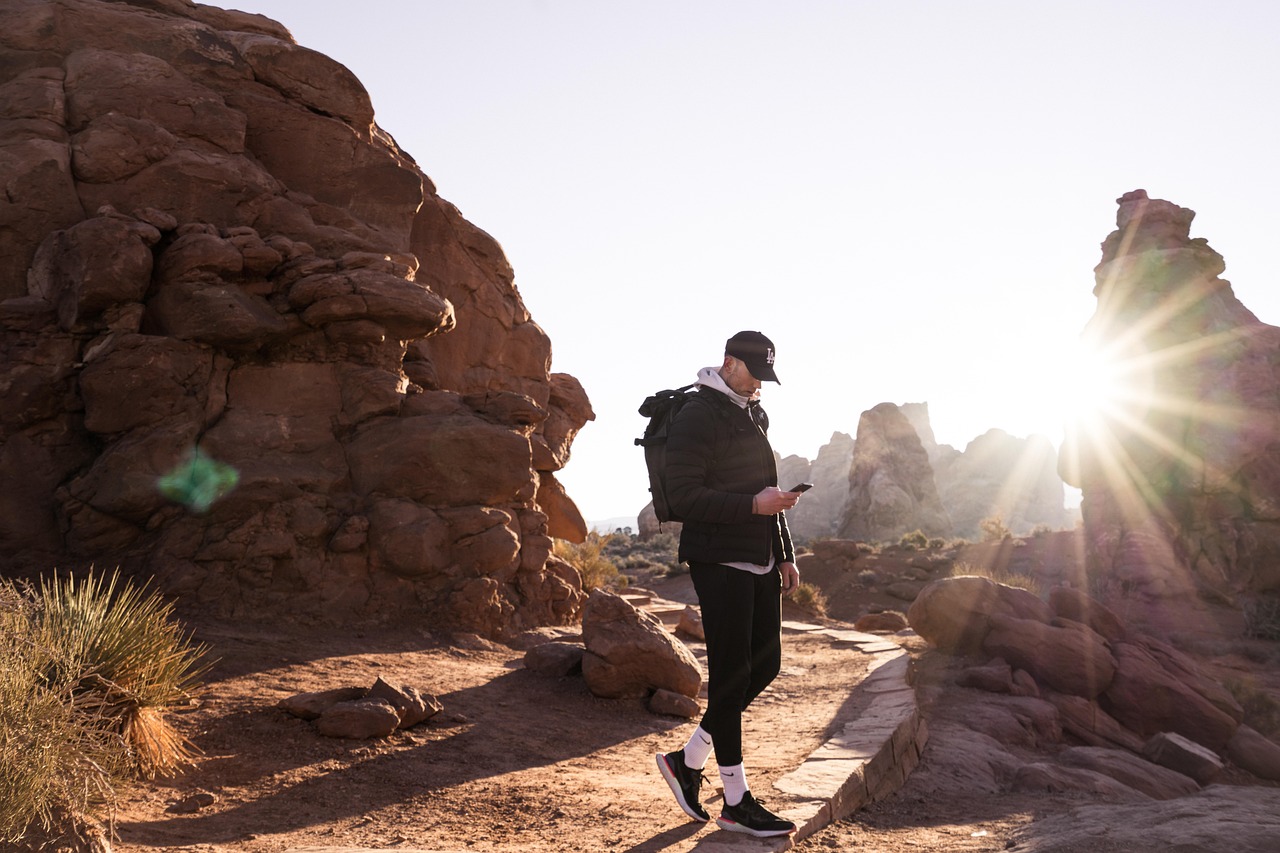
Essential Hiking Gear
Having the right gear will make or break your hiking experience. Let’s explore the key items you’ll need for a comfortable and safe trek.
Footwear for the Trail
Choosing the right footwear is crucial for a comfortable and safe hiking experience. The type of shoe you need depends on the terrain and duration of your hike.
For shorter day hikes on well-maintained trails, trail running shoes or light hiking shoes are sufficient. These offer good traction and comfort without the added weight of heavier boots.
For more challenging terrain or longer hikes, consider sturdy hiking boots. These provide better ankle support and protection against rocks and roots. Look for waterproof options if you’ll be crossing streams or hiking in wet conditions.
Regardless of the type of footwear, ensure it fits well and is broken in before your hike. Ill-fitting shoes may lead to blisters and discomfort, potentially ruining your hiking experience.
Don’t forget about socks! Choose moisture-wicking socks to keep your feet dry and prevent blisters. Consider bringing an extra pair for longer hikes.
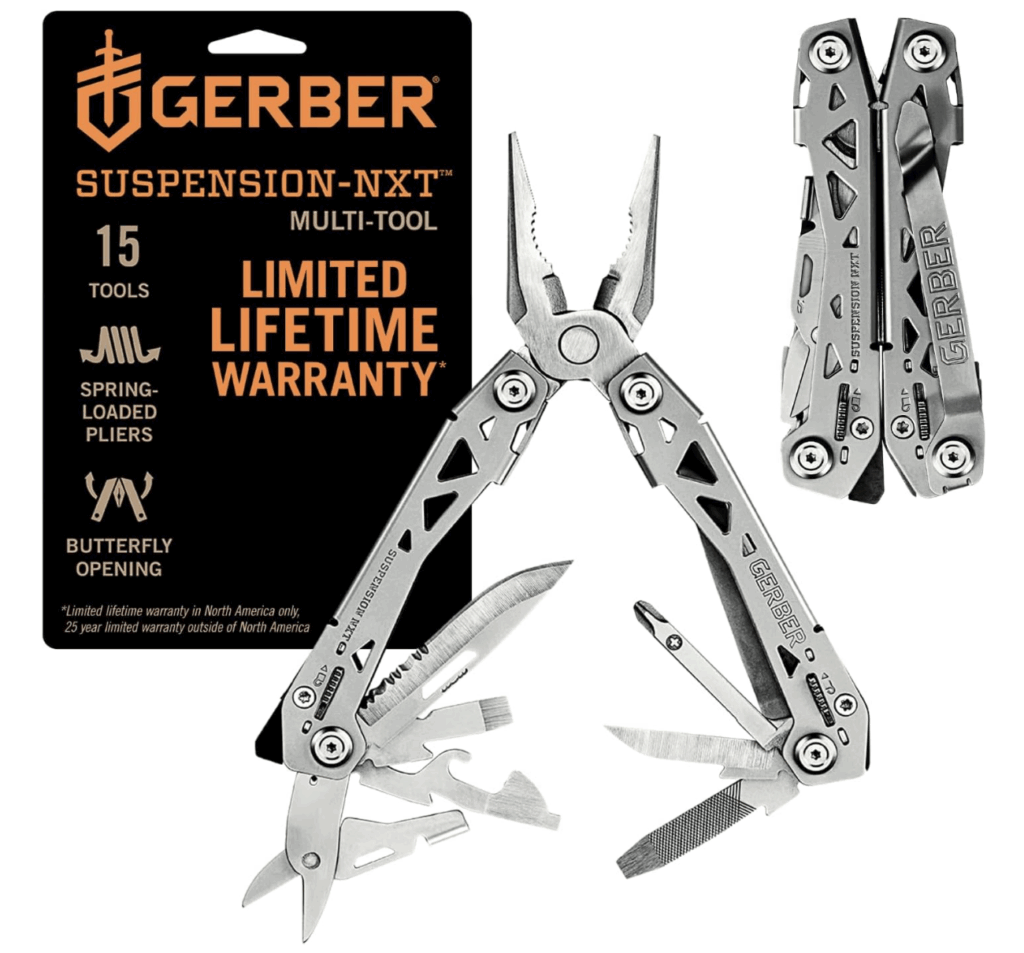
Gerber Gear Suspension-NXT 15-in-1 EDC Multi tool
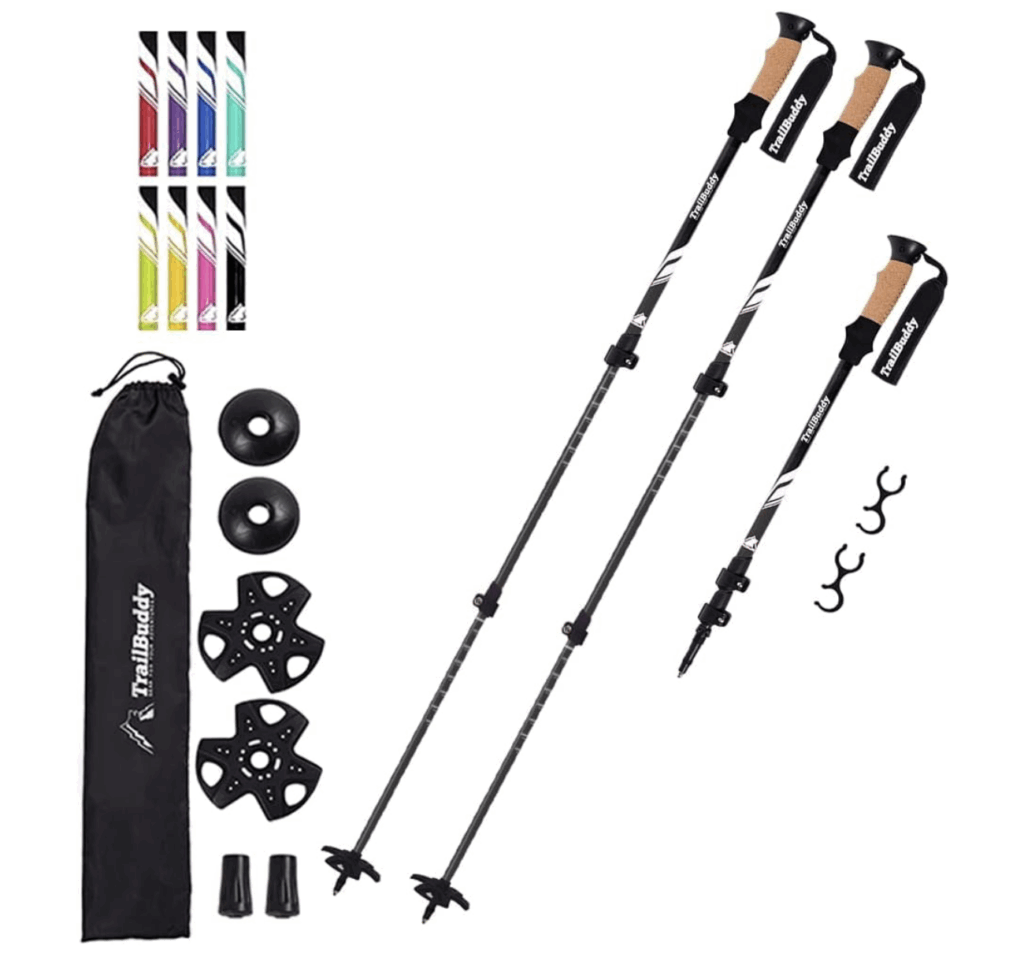
TrailBuddy Trekking Poles – Lightweight, Collapsible Hiking Poles
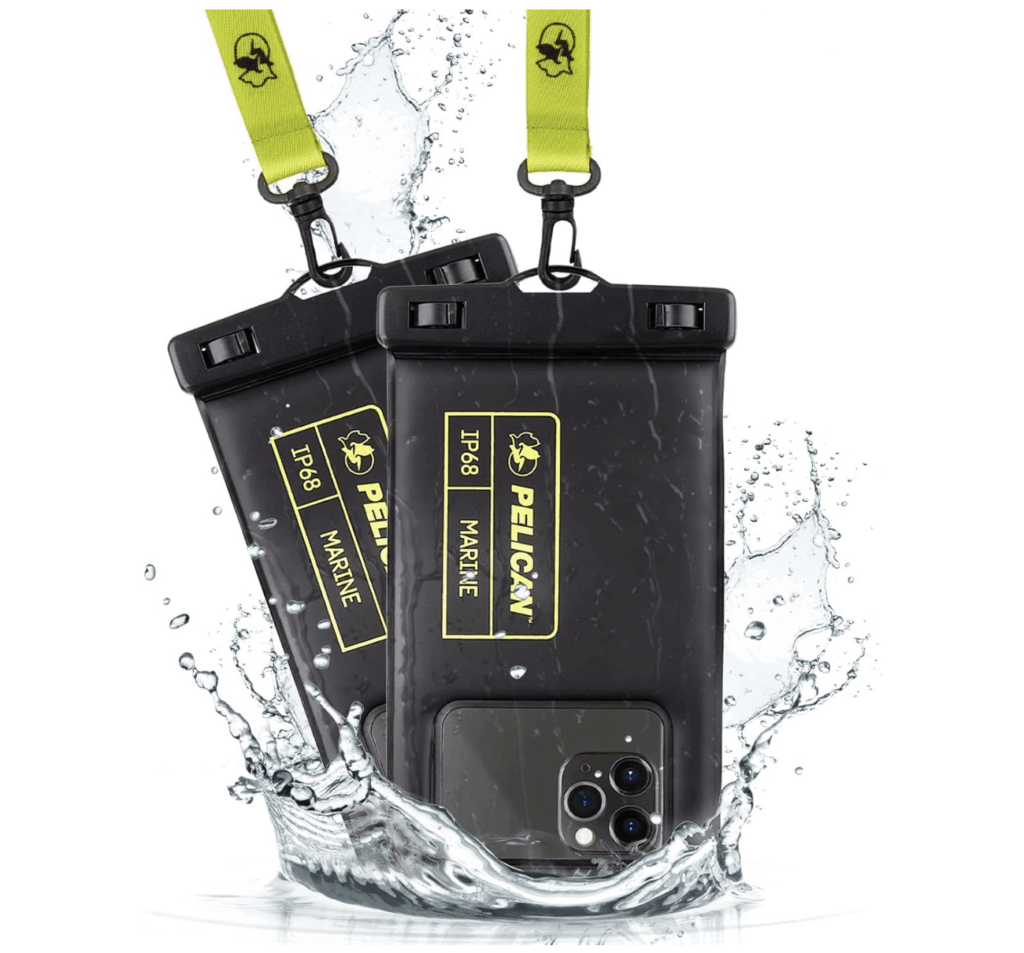
Backpack and Hydration Essentials
A good backpack and proper hydration are key to a successful hike. Choose a backpack that fits comfortably and has enough capacity for your essentials.
For day hikes, a 20-30 liter pack is usually sufficient. Look for features like padded shoulder straps, a hip belt for weight distribution, and multiple compartments for organization.
Hydration is crucial during hiking. Carry at least 2 liters of water for a day hike, more if the weather is hot or the trail is strenuous. A hydration bladder is convenient, allowing you to drink without stopping.
Consider bringing a water filter or purification tablets for longer hikes where you might need to refill from natural sources. This ensures you have access to safe drinking water throughout your journey.
Pack other essentials like a first aid kit, sun protection, and emergency supplies. American Hiking Society provides a comprehensive list of recommended items for different types of hikes.
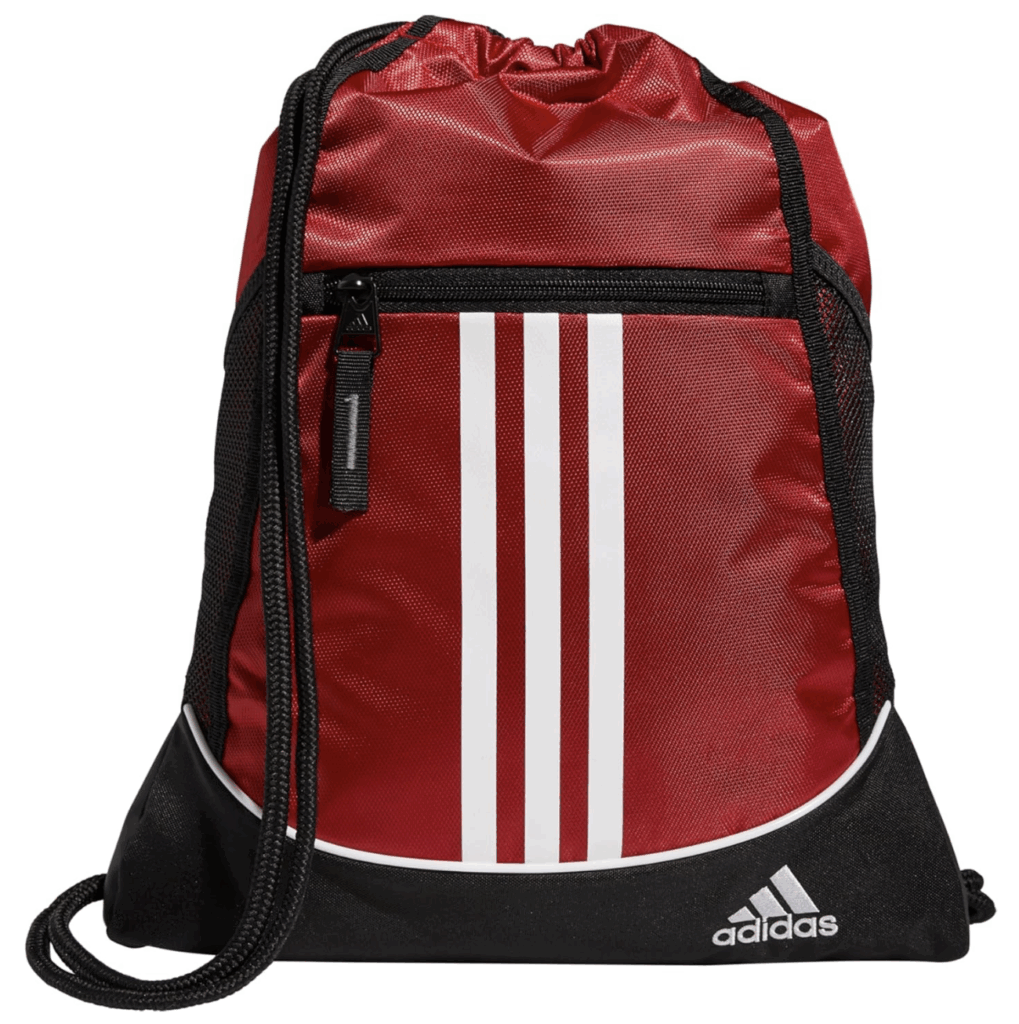
Adidas Alliance Drawstring Sackpack
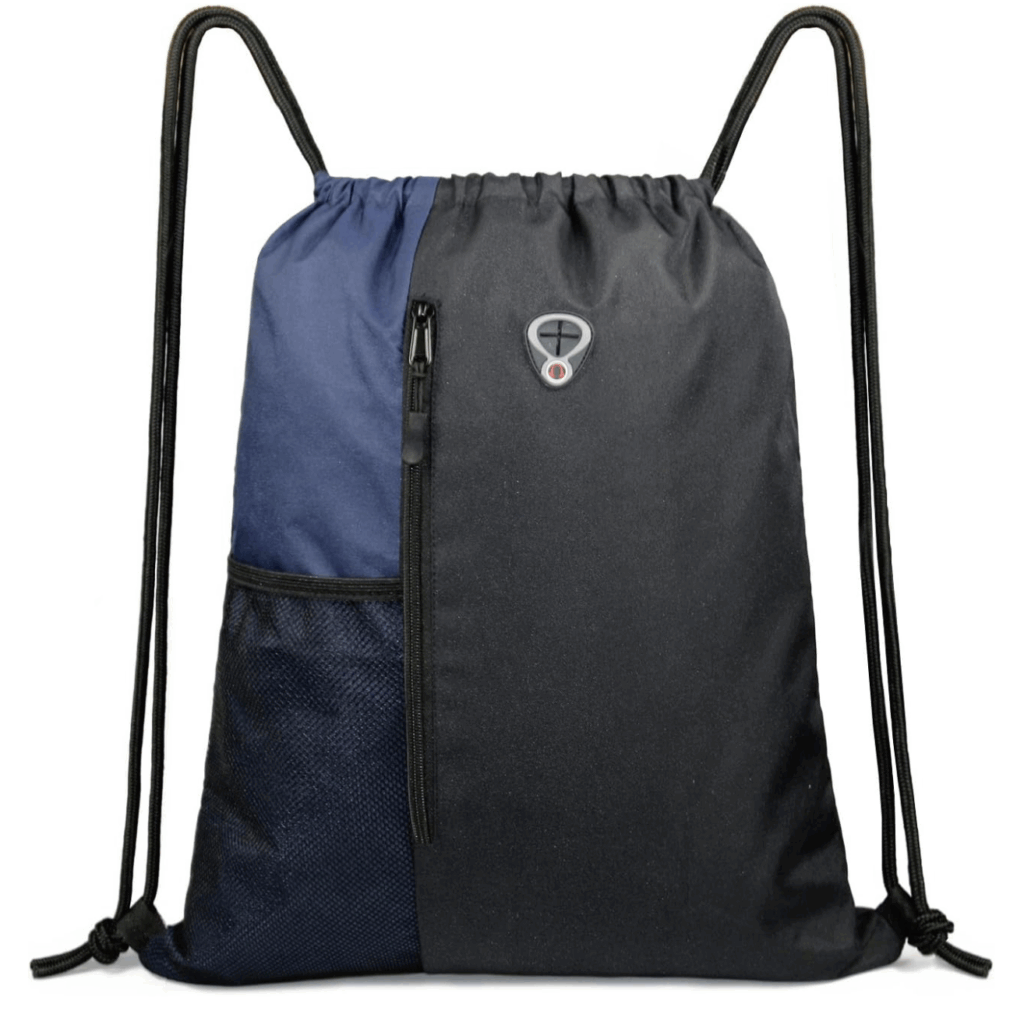
BeeGreen Drawstring Backpack Sports Gym Bag With Shoe Compartment and Two Water Bottle Holder
Best Snacks for Energy
Proper nutrition is essential for maintaining energy levels during your hike. Let’s explore some nutritious and convenient snack options.
Nutritious Options
Choosing nutrient-dense snacks will fuel your body throughout your hike. Focus on foods that provide a balance of carbohydrates, proteins, and healthy fats.
Trail mix is a classic hiking snack for good reason. It combines nuts for protein and healthy fats with dried fruits for quick energy. You can customize your mix based on personal preferences and dietary needs.
Fresh fruits like apples and oranges are great options. They provide natural sugars for energy, along with vitamins and hydration. Bananas are particularly good due to their potassium content, which prevent muscle cramps.
For longer hikes, consider bringing along energy bars or protein bars. Look for options with minimal processing and added sugars. Homemade bars are a great alternative if you have time to prepare them.
Nut butters on whole grain crackers or bread provide a good balance of protein, fats, and complex carbohydrates. They’re also calorie-dense, which is beneficial for longer, more strenuous hikes.
Quick and Convenient Choices
Sometimes, you need snacks that are easy to eat on the go. Here are some quick and convenient options that still provide good nutrition.
Jerky (beef, turkey, or plant-based alternatives) is a lightweight, protein-rich snack that doesn’t require refrigeration. It’s easy to eat while walking and provides sustained energy.
Individually wrapped cheese sticks or babybel cheeses are another convenient protein source. They pair well with crackers or fruit for a more complete snack.
Pre-portioned bags of nuts or seeds are easy to grab and eat. They provide healthy fats and protein to keep you satiated. Consider options like almonds, walnuts, or pumpkin seeds.
For a quick energy boost, consider energy chews or gels. These are designed to be easily digestible and provide rapid energy. However, use them in moderation and always follow with water.
Dried fruits like raisins, apricots, or mango slices are lightweight and provide natural sugars for quick energy. They’re also rich in vitamins and minerals.
Making the Most of Your Day Off
Your day off is precious, so let’s explore how to maximize your hiking experience, even with limited time.

Embrace Short Hikes
Short hikes can be just as rewarding as longer treks. They allow you to experience nature and reap the benefits of hiking, even with a busy schedule.
Look for trails that offer scenic views or interesting features within a short distance. Many parks have loop trails that can be completed in an hour or two, perfect for a quick nature fix.
Consider sunrise or sunset hikes for a unique experience. These shorter hikes offer spectacular views and a chance to see wildlife during their most active times.
Short hikes are also great for beginners or those building up their hiking stamina. They allow you to gradually increase your endurance and confidence on the trails.
Remember, the goal is to connect with nature and enjoy the outdoors. Even a brief hike provide significant mental and physical benefits.
Plan a Hike in Local Parks
Don’t underestimate the hiking potential in your local area. City and county parks often have well-maintained trails that are perfect for quick getaways.
Research the parks in your area and their trail systems. Many urban parks have surprising biodiversity and offer a refreshing escape from city life.
Consider joining local hiking groups or guided nature walks. These introduce you to new trails and provide educational insights about local flora and fauna.
Urban trails are also great for weekday hikes after work. They’re typically well-lit and safer for early morning or evening outings.
Remember to follow Leave No Trace principles even in urban parks. Respect wildlife, stay on designated trails, and pack out any trash to help preserve these valuable green spaces.
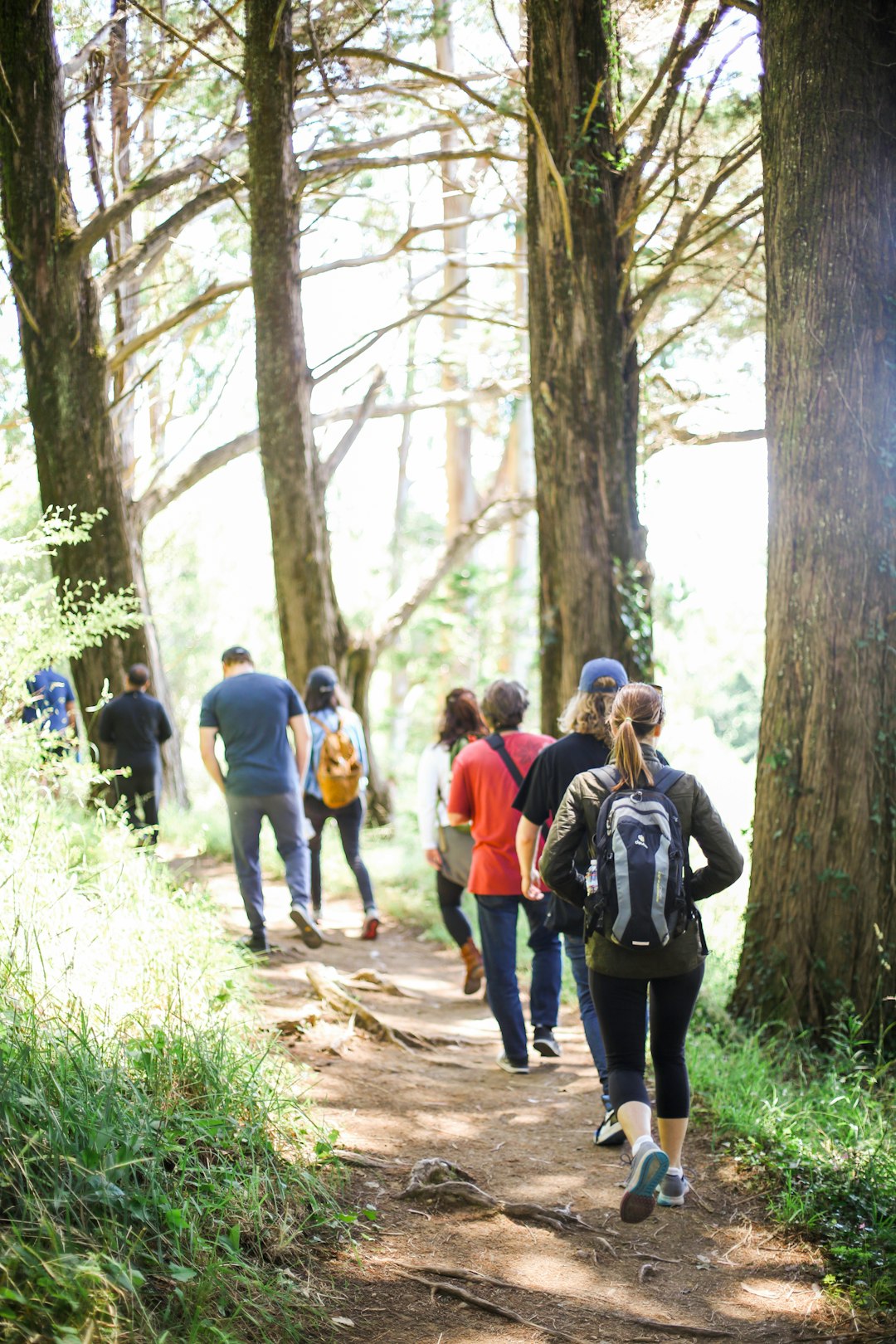










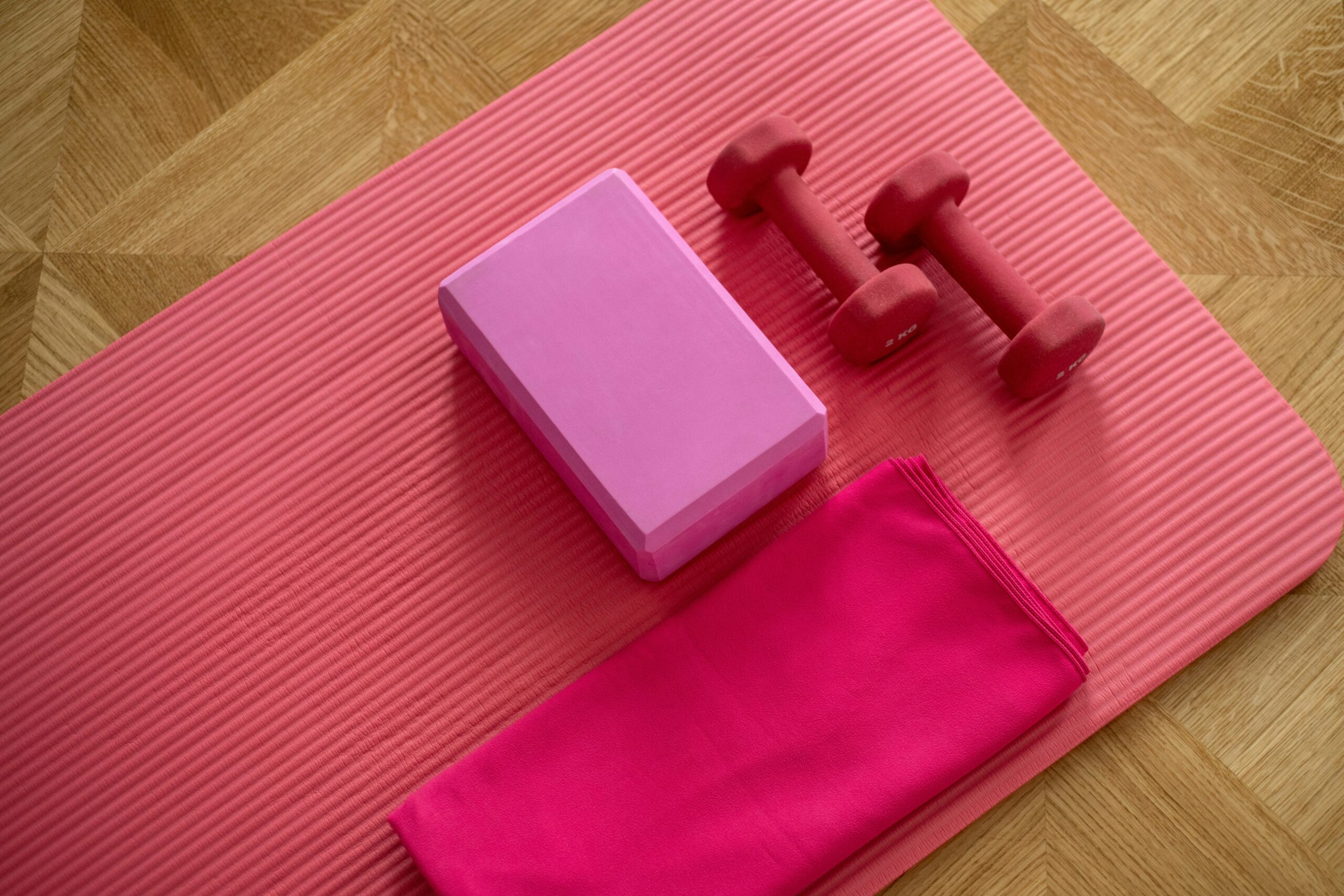



















Leave a Reply